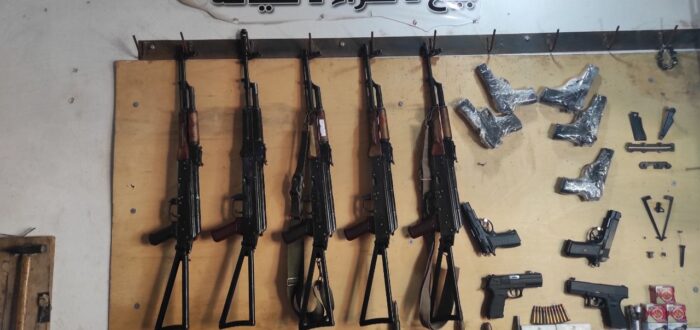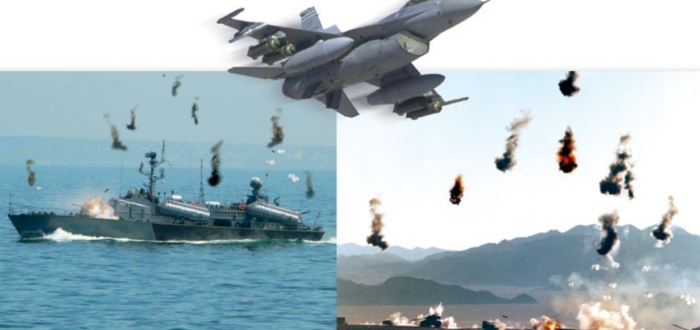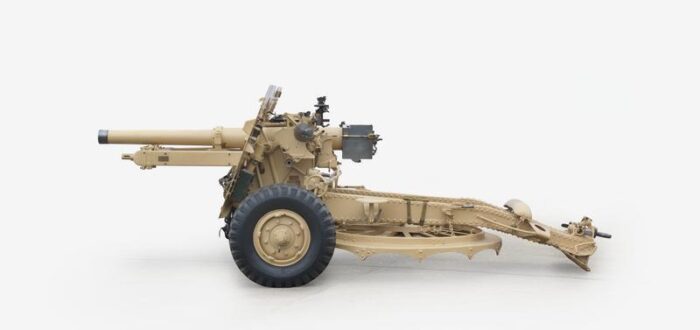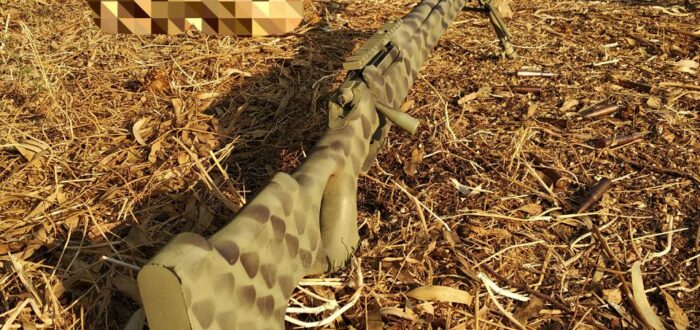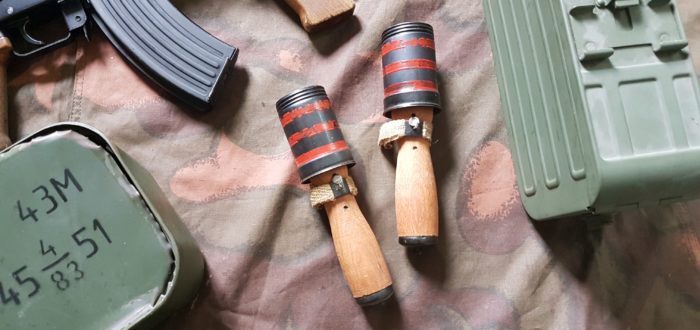Armament Research Services (ARES) is excited to announce the release of Research Report No. 12, Digital Bazaar: The Online Trade of Arms & Munitions in Opposition-controlled Syria. The release of Research Report 12 marks the completion of a project which began with Research Note No. 11, ‘Analysing the Online Arms Trade in Opposition-controlled Syria’, and

